Price :
QTY :
CART TOTALS :
There are items
in your cart
Your shopping bag is empty
Go to the shop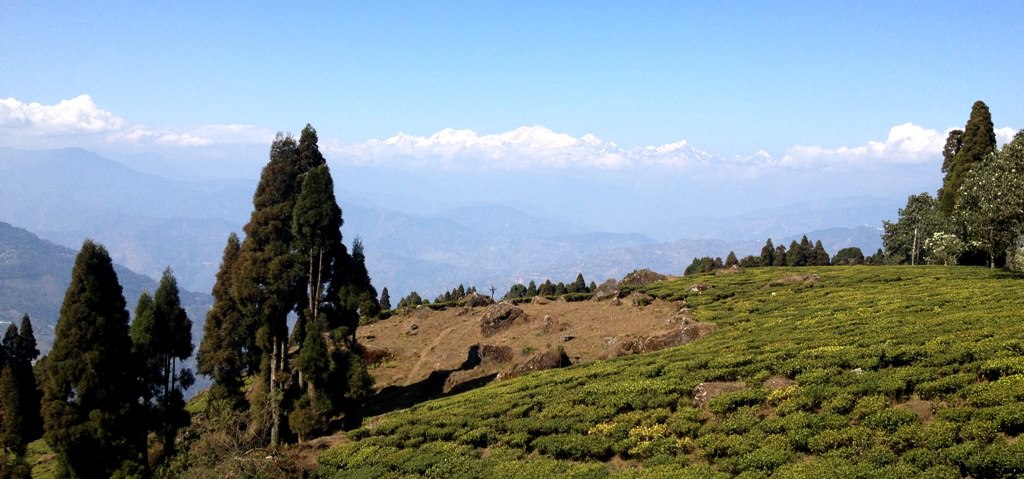
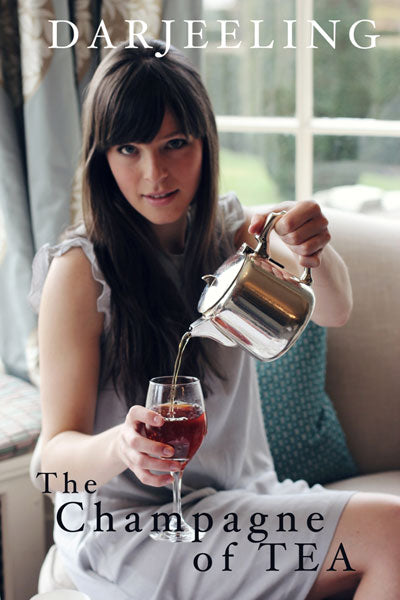
10 million kgs of this fabled tea is grown every year by 87 Tea gardens at over 5,000 ft. above sea level spread over 17,500 hectares of land producing 4 flushes.
Darjeeling Tea, tea from the district of Darjeeling, high in the foothills of the Indian Himalayas is universally acknowledged to be among the world’s finest teas. Collectively there are 87 "tea-gardens” in this tiny region that create the tea equivalent of an appellation of French wine.
The sub-tropical, high altitude conditions, the slightly acidic soils and the climate that alternates between sunny to frequent cloudy periods, all contribute to the unique taste of the tea in this area.
The process of manufacture also ensures that Darjeeling maintains its reputation of producing the finest tea. While a lot of tea growing areas in the world have adopted highly mechanised production techniques focussing only on high yields, in Darjeeling, most teas are still produced using the technology used in the 1800s, collectively referred to as “Orthodox Manufacture”. The comparatively labour intensive steps require expertise and intuition and give the manufacturers greater control over the many variables that affect the chemistry of the leaves.
It is these chemical changes that give each batch its own characteristics. These subtle variations create flavours such as berries and the famous Muscatel associated with the Darjeeling. Aromas range from floral and fruity to smoky and chocolaty. This diversity is often compared to that of fine wines and whiskeys. For 150 years Darjeeling has held its worldwide reputation as the "champagne of black teas". In recent years however, Darjeelings have also received recognition for the less common but equally appealing white, green, and oolong styles.
The 87 tea gardens in Darjeeling collectively produce about 10-11 million kgs of tea annually, out of which 6-7 million kgs are exported.
Adulteration and falsification are serious problems in the global tea trade; the amount of tea sold as Darjeeling worldwide every year exceeds four times the production. To combat this situation, the Tea Board of India administers the Darjeeling certification mark and logo.
Darjeeling tea cannot be grown or manufactured anywhere else in the world. Just as you cannot call any sparkling wine 'champagne' unless it has been produced in the Champagne region of France, only tea produced in Darjeeling can be called Darjeeling tea and is entitled to carry the DARJEELING logo.
As Tea People is licensed Darjeeling tea seller, whenever you buy any Darjeeling tea from us you can enjoy your cuppa with the assurance that it is 100% genuine Darjeeling Tea produced in the defined regions of the District of Darjeeling and meets the criteria laid down by the Tea Board.
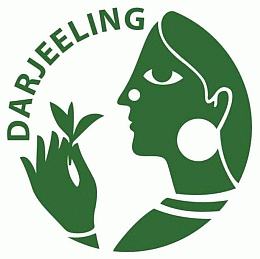
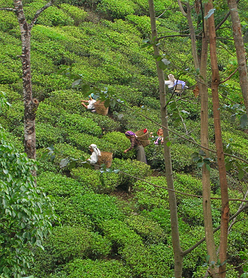
The flavours of Darjeeling Tea differ from season to season. According to the plucking period, Darjeeling tea can be categorised as under: -
FIRST FLUSH: Tea harvested in mid- March when the spring rains fall ending the dry dormant winter stimulating the growth of the year’s earliest, most delicate shoots. First flush tea has a very gentle and light aroma and colour.
SECOND FLUSH: Tea harvested in June and produces an amber, full bodied , musky spiciness often referred to by tea connoisseurs as "Muscatel"
MONSOON or RAINS TEA: is harvested in the monsoon (or rainy season) between 2nd Flush and Autumnal, is less withered, consequently more oxidized, and usually sold at lower prices. It is rarely exported, and often used in Masala chai.
AUTUMNAL FLUSH: Tea harvested in the autumn after the Indian monsoon and has a somewhat less delicate flavour and less spicy tones, but a fuller body and a darker colour.
For many, Darjeeling is synonymous with fine tea, which it undeniably is, but for us at Tea People it is much more than that. It is our home in the mountains, a land of mist and memories, of toy train and tourists, of rain and rhododendrons... Words are not enough to describe the beauty and essence of this tiny region located in the cusp of the Himalayas in Northern India.
Nestled between Nepal, Bhutan and the Indian state of Sikkim, most of Darjeeling comprised of impenetrable virgin forests until its acquisition by the British East India Company in 1835 from the Rajah of Sikkim for its strategic location and cool climate. The East India Company then started to develop it as a hill station for the British residents seeking respite from the summer heat of the Indian plains. By 1849, they managed to take its population to 10,000 from only 100 a decade ago by encouraging migrants from the neighbouring countries of Nepal, Bhutan and Sikkim.
The first seeds of tea were planted in 1845 by Dr. A. Campbell in an experimental nursery and by 1856 Darjeeling started commercial cultivation of tea.
Today, tea and tourism are two of the main contributors to the economy of Darjeeling and it is sprawling with a population of over 130,000 representing various different ethnic groups, communities and religious beliefs. A majority of them are Gorkhas of ethnic Nepalese origin who speak various dialects of Nepali, but English, Hindi, Bengali and Tibetan are also spoken widely.
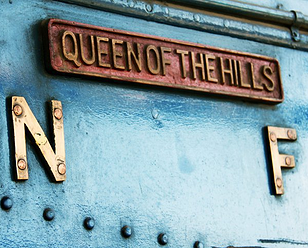
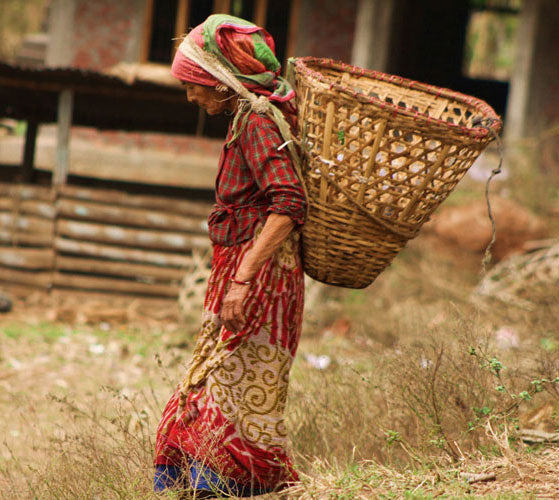
Despite being home to the finest tea growing regions anywhere in the world and attracting hundreds of thousands of tourists every year, Darjeeling is mired in its own socio-economic and political problems and is one of the most under-developed regions in India. It is a land of contradictions where on the one hand, it produces one of the world's most expensive teas, while a majority of workers and those living in the region earn less than a £1 a day. Darjeeling is also known for its excellent schools and is home to some of the best independent/public schools in the country. At the same time there are thousands of children who do not have access to basic education and facilities.
This is the very gap that we at Tea People seek to fill. But we can't do so without your help. Come join us in our mission and let us together change lives one cup at a time